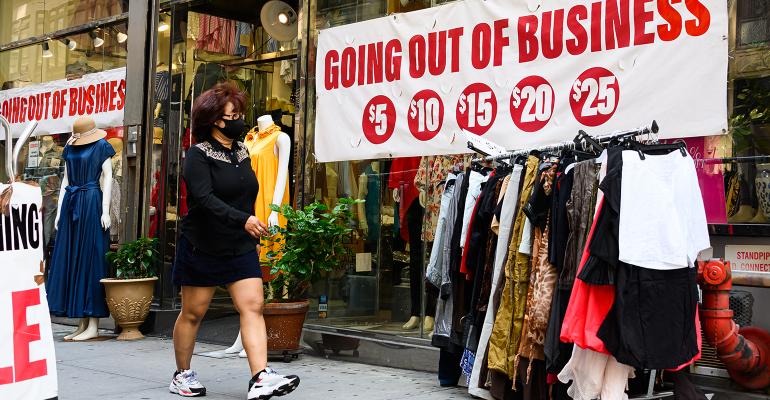Despite recent market gyrations, we retain our positive outlook for equities in 2021, and several sentiment gauges show elevated levels of optimism. In fact, with the economy rebounding from the pandemic-induced recession, some U.S. equity investors are already questioning whether the market is overheating.
Stimulus aside, there are several reasons for the expected pickup in economic activity. First, consumers have saved over $1 trillion during the pandemic due to the combination of government transfer payments and their inability to spend. These funds will likely be drawn down over the course of 2021, particularly as the ability to spend resumes when herd immunity is reached and social distancing measures are eased.
A second driver could come from a substantial inventory restocking cycle. As visibility is restored and business confidence continues to recover, companies will likely prepare for a return to more normal conditions. U.S. inventories had been at 2014 levels. In order to avoid supply constraints, they will need to restock depleted inventories, which should lift the economy.
Similar to consumers, corporations have also fortified their balance sheets with a buildup of approximately $500 billion in excess cash among S&P 500 companies. In addition to rebuilding inventory levels, they are likely to enter into capex projects as well as dividends and buybacks once demand increases.
Further bolstering our confidence are the stimulus packages, which have delivered trillions of dollars in support of consumers, small businesses and vaccine distribution.
Altogether, these items should help drive spending by low- and middle-income consumers in the first quarter of 2021. Higher-income spending should come back in the latter half of the year as social distancing eases and consumers can exercise their discretionary spending powers on dining out, travel and hospitality.
As the recovery unfolds, some investors are beginning to fear the formation of bubbles. With the S&P 500 Index trading at 22.5 times forward earnings, there’s concern in some quarters that the markets may be overheating.
It’s true that valuations are currently elevated—in part because investors correctly sniffed out the budding economic recovery. Yet in the early stages of expansion, increases in equity multiples are not uncommon. Following recessionary troughs, market returns tend to be driven by P/E multiples during the initial market rally (approximately nine months) as investors anticipate eventual earnings rebounds.
Over the subsequent two years or so, following recessionary troughs, the opposite can occur—multiple compression on the back of stronger earnings growth. In the second phase of a rally, earnings typically contribute over 100% toward stock returns. Declining P/Es can become a modest drag.
We expect this same pattern to unfold during 2021 and into 2022. Multiples may remain elevated relative to history, but our overall analysis continues to show strength beneath the surface. Put/call ratios reached extremely low levels in December 2020, suggesting less hedging against a pullback. Bull/bear sentiment ratios were well above three in the recent Investors Intelligence survey, a level consistent with elevated optimism that preceded past pullbacks.
However, we believe any pullback in the coming months would be an attractive entry point for long-term investors given our expectations that economic growth will remain robust in the coming years, which should support earnings growth and further upside for equities.
Jeffrey Schulze, CFA, is a director and investment strategist at ClearBridge Investments, a subsidiary of Franklin Templeton. His predictions are not intended to be relied upon as a forecast of actual future events or performance or investment advice.





